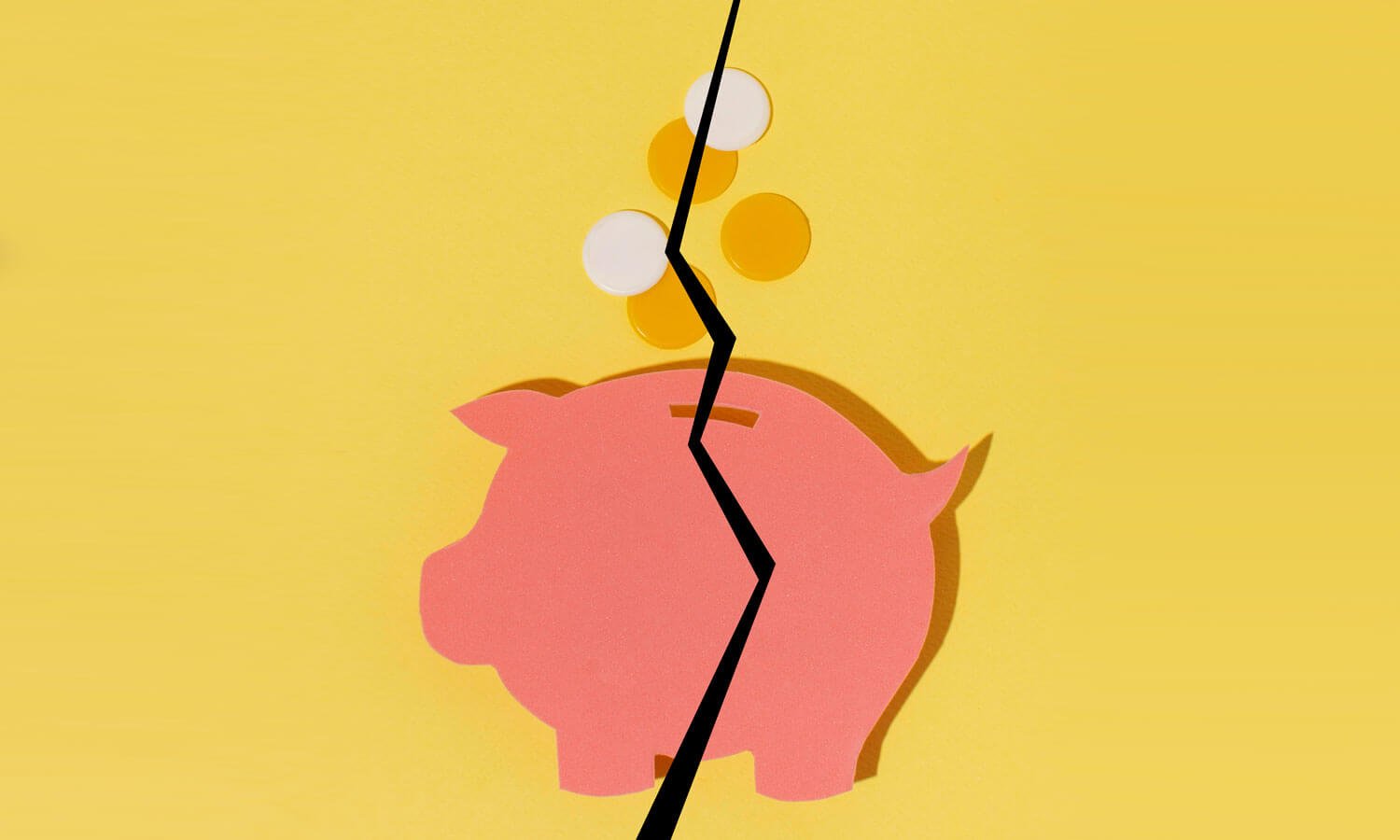Here, we’re focusing on splitting pension income, which can include income sources that are not from traditional pensions.
Can you split your income?
Here’s a quick table for when you can and when you can’t split your income. Tap the pension income type to keep reading for the why and how.
Income splitting for DB pensions
When people think of pensions, they typically think of defined benefit (DB) pension income. DB pensions are calculated based on a formula that generally considers annual income and the number of years as an employee with the employer offering the pension, along with other factors, too. Most DB pensions will not make payments until age 55, but it may be possible to collect a pension earlier.
DB pension income qualifies to split with your spouse or common-law partner. You can move up to 50% of the income to your spouse on your tax returns. You claim a deduction and they claim an income inclusion. You would only split pension income if it resulted in a net advantage, whether a reduction in combined tax payable or an increase in government benefits.
Can you split income for SERPs?
Supplemental executive retirement plans (SERPs) are non-registered plans for executives or other employees. And it bears mentioning that a supplemental DB pension, or top-hat executive pension, with payments that exceed the registered pension plan (RPP) maximums will not qualify for splitting.
These pensions include a registered portion and an unregistered portion. The registered portion can be split, but the unregistered portion can only be reported on the recipient spouse’s tax return. The split between registered and unregistered will be reported on the pensioner’s government-issued tax slip so should be clear.
What about RRSPs?
Most people’s retirement savings are in their registered retirement savings plan (RRSP) account, including defined contribution (DC) pensions. RRSP withdrawals do not qualify for pension income splitting. However, if you convert your RRSP to a registered retirement income fund (RRIF), subsequent withdrawals will qualify starting when the account holder reaches age 65.
You do not have to convert your RRSP to a RRIF until December 31 of the year you turn 71, with withdrawals beginning at age 72. But the ability to split RRIF withdrawals at 65 may cause someone to consider converting their account by age 64.



















Discussion about this post